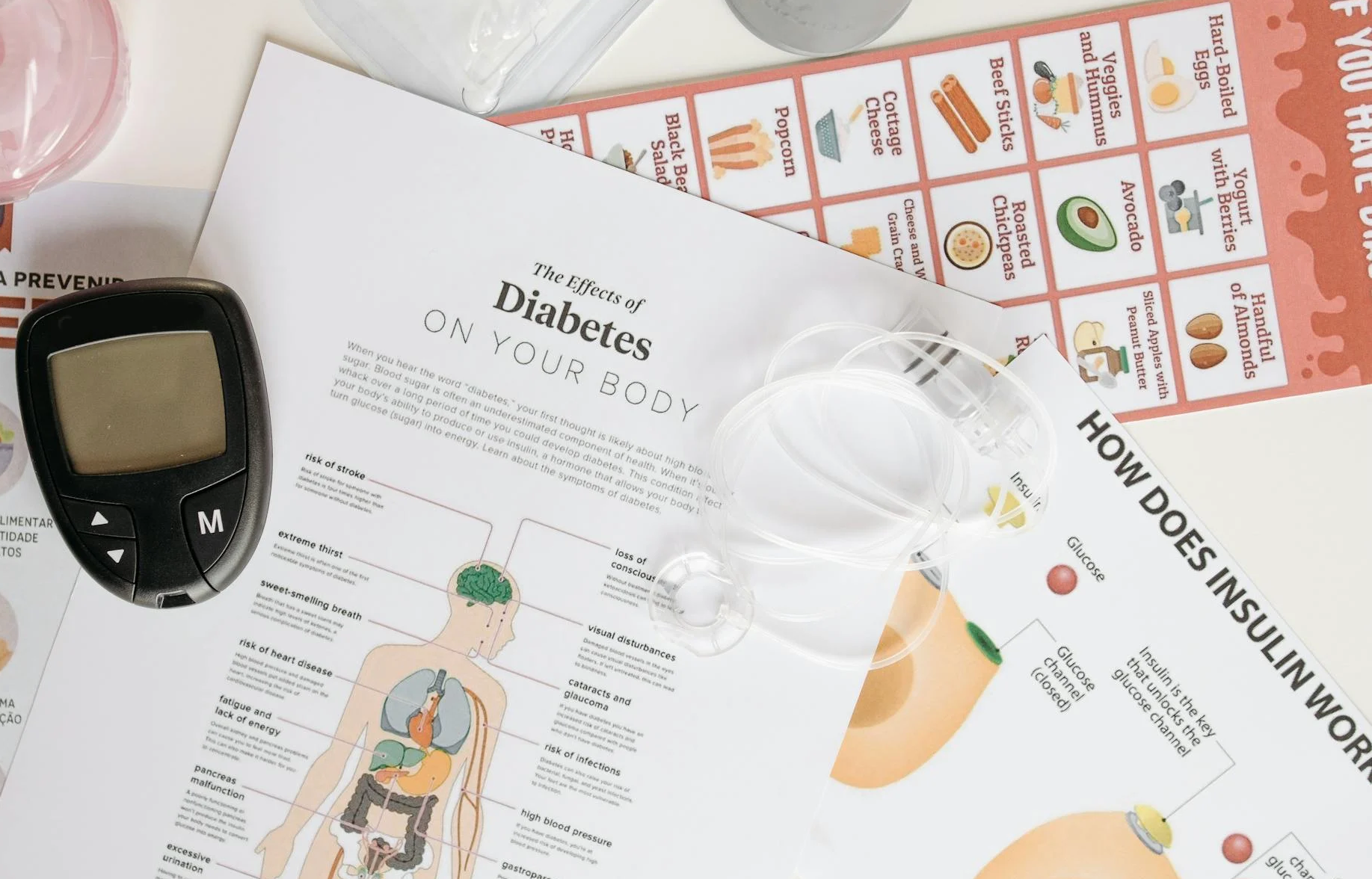Diabetes develops because the pancreas can’t make enough insulin to keep glucose levels in the normal range. There are 2 ways that this can happen. The first one involves the destruction of pancreatic beta cells by either an internal or external process. The most common internal process is autoimmunity. When that happens, the body’s immune system attacks and destroys the cells in the pancreas that make insulin – the beta cells. Affected people usually make no insulin and are diagnosed with Type 1 diabetes. This accounts for about 5-10% of all diabetes.
Although Type 1 diabetes can develop at any time in life, more develop it before the age of 20. Affected people depend on insulin for life. If they don’t take insulin, they are at high risk of dying from a variety of problems including ketoacidosis, weight loss, frailty, and/or infections. With an appropriate amount of insulin, the quality and length of life in these individuals is similar to that of people without diabetes.
Most people with diabetes are, however, able to make some insulin. They are just not able to make enough to prevent glucose levels from rising above normal. These people are broadly classified as having Type 2 diabetes – a disease which accounts for 90% of all diabetes, and which occurs because of poorly understood processes in the pancreas that reduce the beta cells’ ability to produce enough insulin for its needs. Many people with Type 2 diabetes also have an increased need for insulin – called insulin resistance – due to either genetics or in response to weight gain, pregnancy, inactivity, and aging. When the increased need cannot be met by increased insulin secretion due to an individual’s underlying physiology, glucose levels rise and diabetes is diagnosed.
When pregnancy increases the need for insulin in a pregnant woman who can’t produce enough insulin, the resulting form of diabetes is called gestational diabetes. This can affect up to 10% of pregnant women. Although it usually resolves after the pregnancy, it identifies women more likely to get Type 2 diabetes later in life.
Finally, diabetes may also occur due to other diseases such as cystic fibrosis, chronic pancreatic inflammation, and pancreatic surgery, or various drugs, such as steroids. People with these “Other Types” of diabetes have either an absence of insulin or an inability to secrete sufficient insulin to meet the body’s needs.



